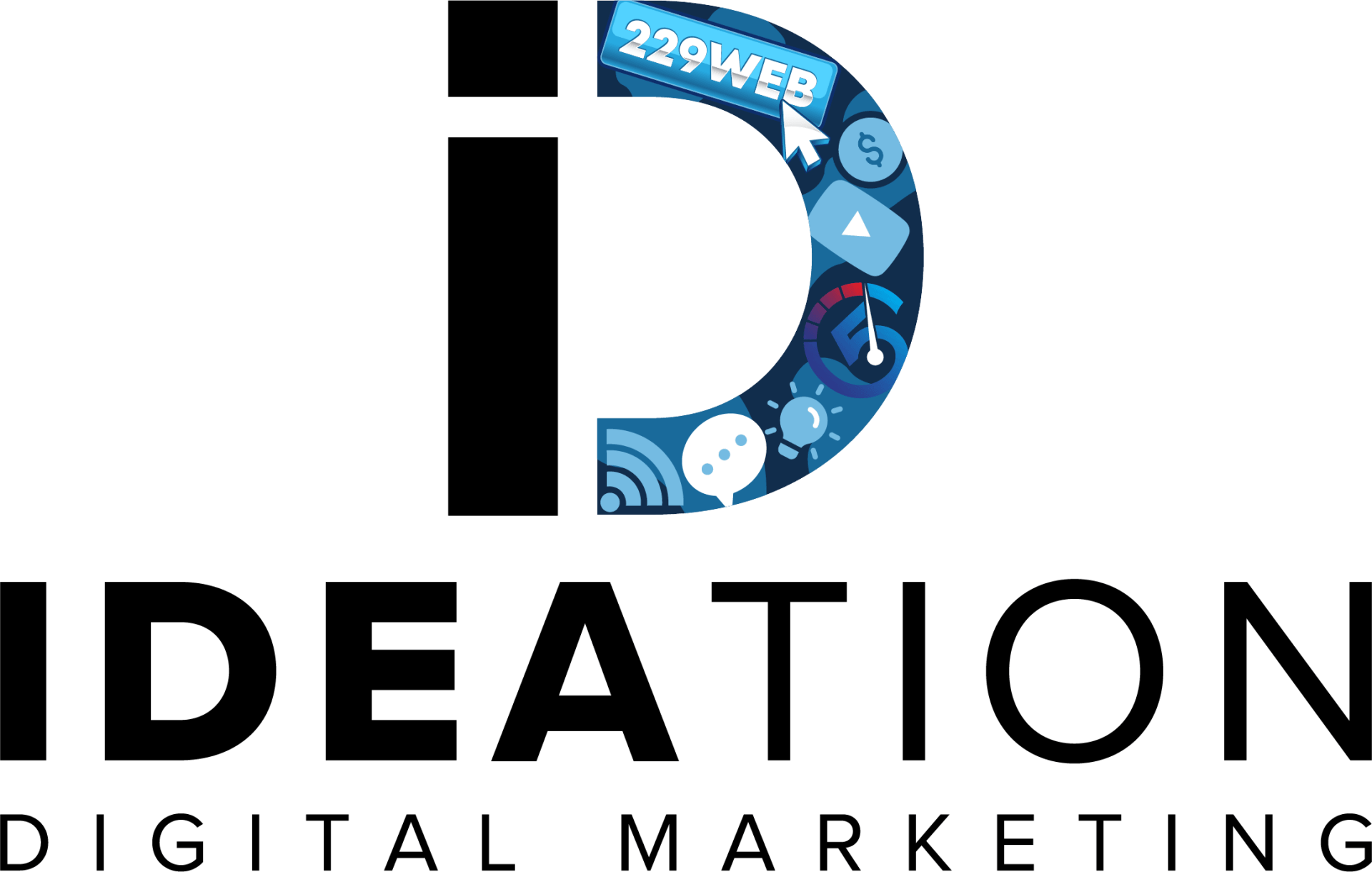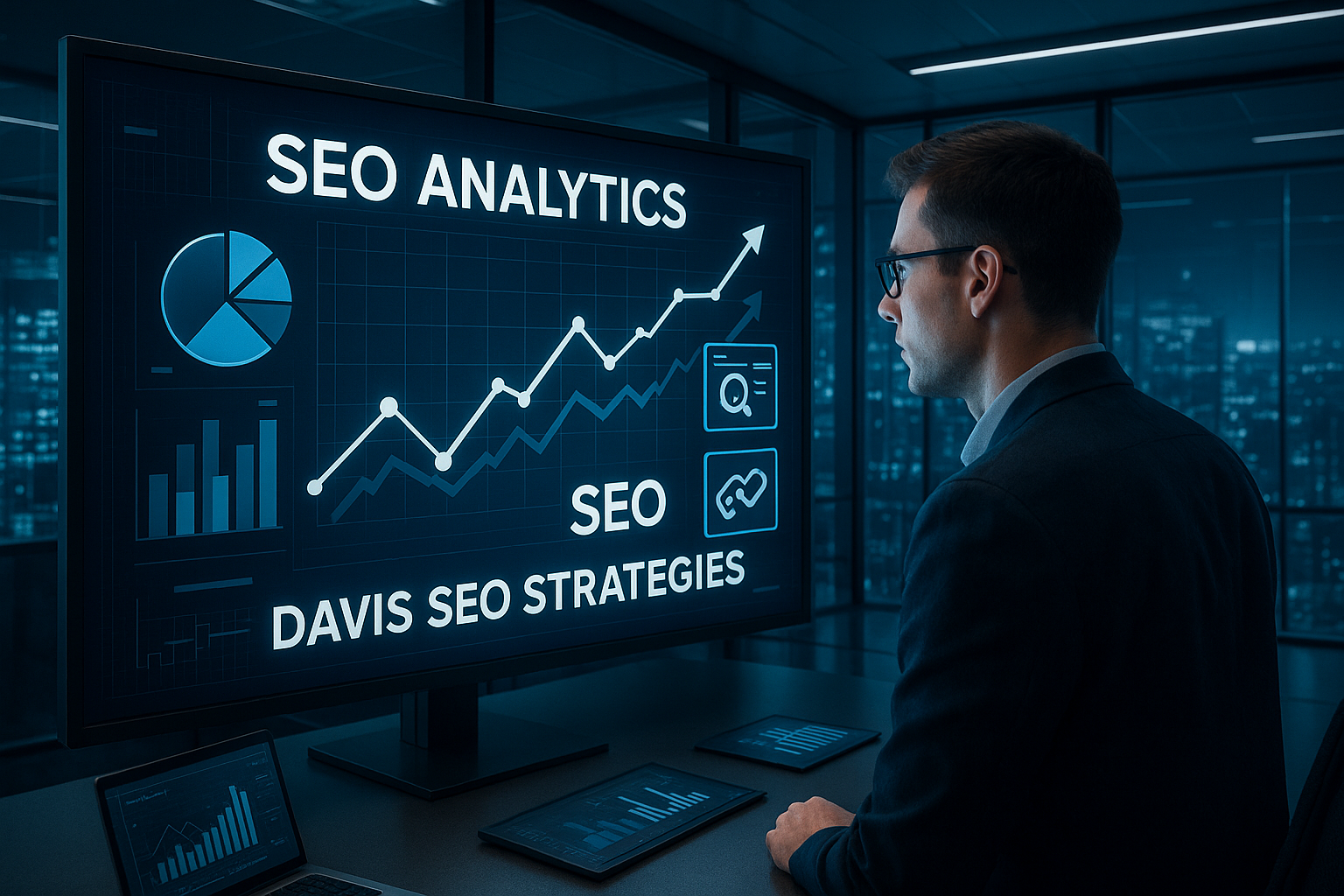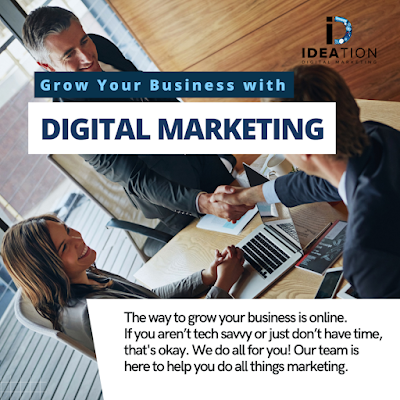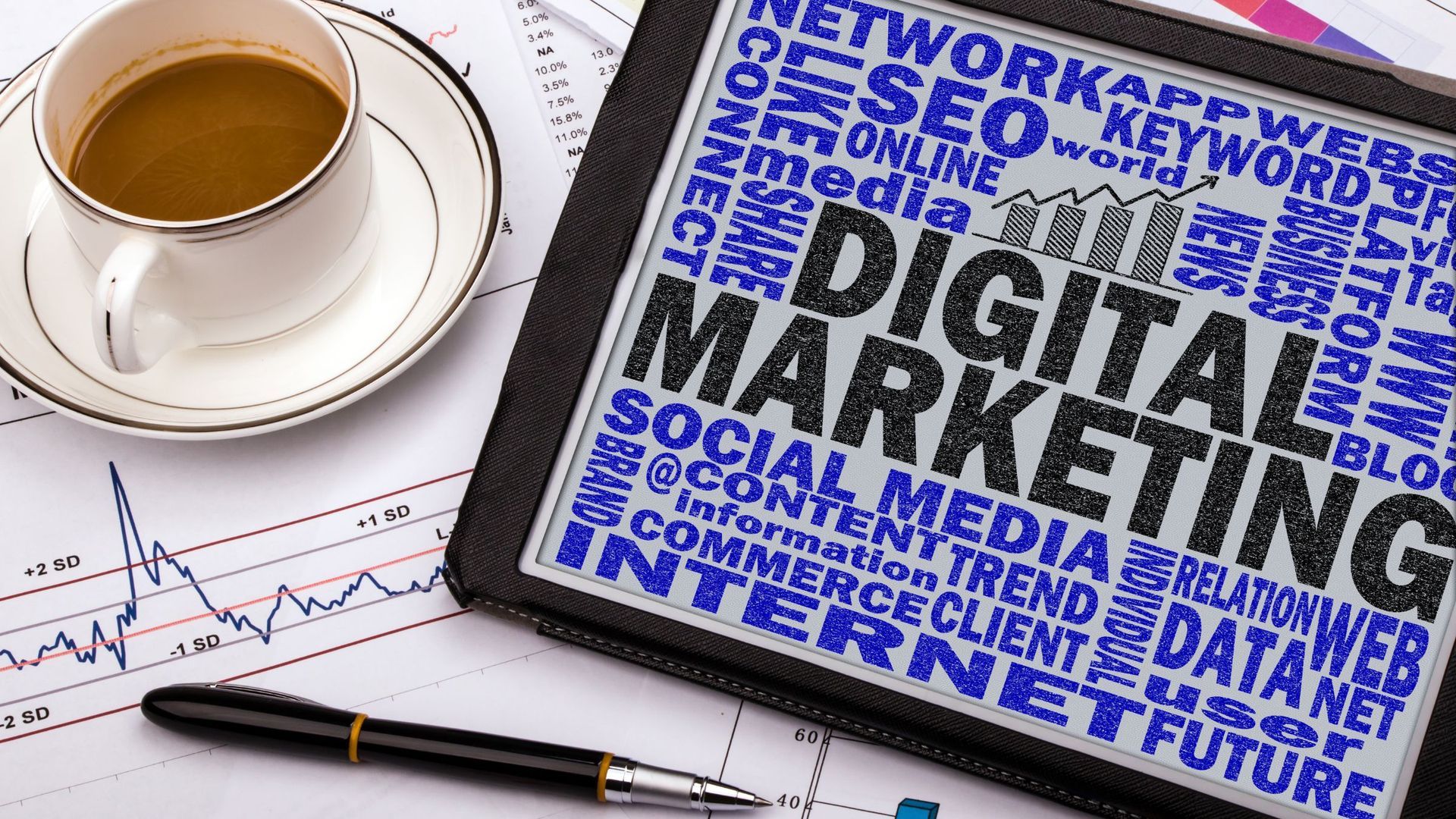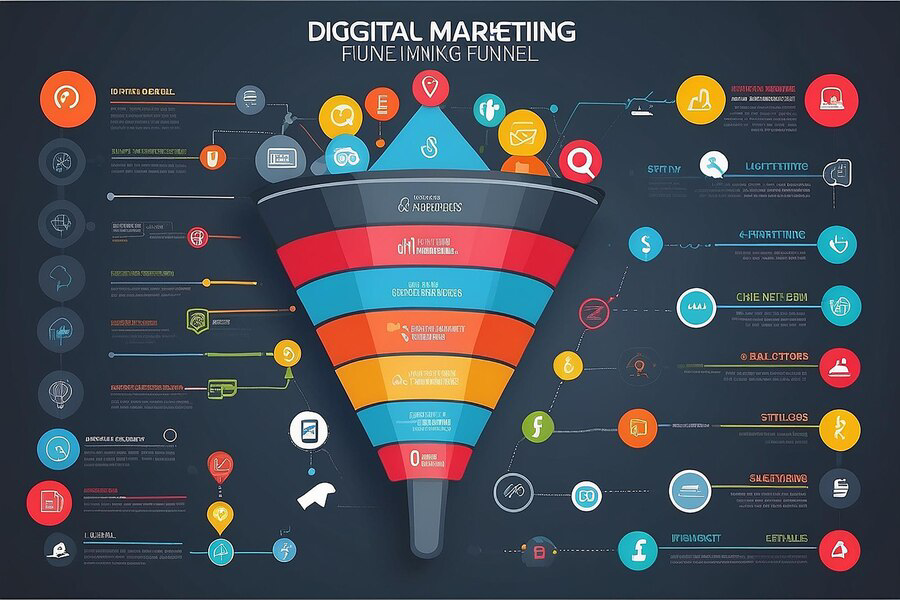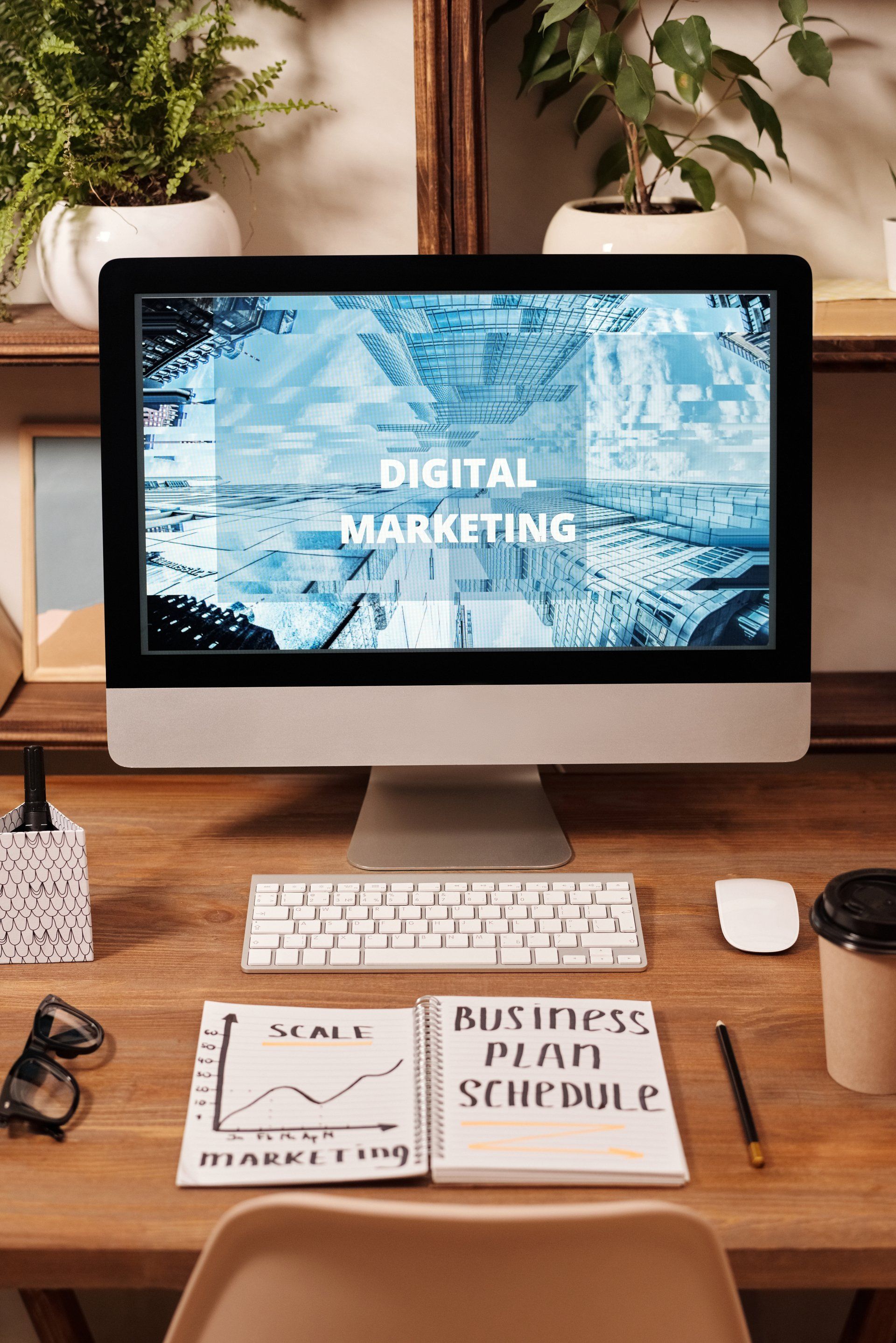Personal Branding Strategies That Work With Steven Patzer And Sean Hyde
Personal Branding Strategies
About Steven Patzer and Personal Branding Success
Sean Hyde: Okay Steven we’re really grateful to have you here. For anyone that’s not familiar with you, why don’t you just tell everyone a little bit about who you are what you’ve been doing and what you’re going to talk to us about today?
Steven Patzer: So my name’s Steven Patzer and I’m based here in New York City. I’m the author of six-figure secrets, it’s a book on taking just an idea and building it into a real personal branding, a credible entity and I got the idea for that years ago when people ask me how I did it and instead of telling everybody individually I figured I just write a book on it and I’m also the radio show host of six-figure secrets on 94.3 in Manhattan New York and the host of six-figure secrets podcasts on iTunes stitcher and tune in radio.
Sean Hyde: So you’re in a few different places?
Steven Patzer: Yeah, I have an outreach in a lot of different areas.
PERSONAL BRANDING
Sean Hyde: I think that’s a smart plan so we’re gonna jump on each topic one at a time. So one of the things we do like to focus on is building a brand, building a personal brand, building an image and I think that’s one thing a lot people are missing like I know, actually after my first business I realize it was kind of important I so find a style blog, let me just kind of get a gist of you know basics that I may need to be familiar with. So when it comes to personal image and personal branding as a business owner, where do you think you need to start like what’s the first thing that someone needs to consider when you’re trying to figure out how to do that?
Steven Patzer: It starts with personal engine that leans into the brand. A lot of people will start the opposite, “oh well I can make a logo first and my website” but it’s really, you are the face of your business. In the beginning you got to look good, you got to sound good and you got to have advocates for you and that leads into credibility for your entity and your brand. So it yeah starts there. It’s a funny story on how I got started in brand and this really can add some value to anybody listening. I started out in high school where I would just wear a suit every day and I couldn’t really afford a suit at the time and my mom told me Steve if you want to wear a suit every day, when you get a job and you move out you can afford to do so, so I found these thrift stores and these Salvation Army shops and I bought these suits and I wore them to high school every day and give us a “Wow Stevens dress, it’s sharp!” and I would watch these YouTube videos on how to do it better and all of a sudden people would say “Well Steven knows what he’s talking about. He’s reading The Wall Street Journal every day and he’s wearing a suit.” and it’s funny you know I didn’t really know what I was talking about. I’ll give you a Steve Jobs quote, “The smallest company in the world can look like the largest company in the world on the internet.” and that has to do with a lot of the way you present yourself. If you make a website and it looks a lot greater than everybody else’s, people are going to stay on it more and they’re going to talk about it more. So it has a lot to do with what you’re giving off and what people are talking about you. A big quote I heard, I don’t know who said it, “Success is defined by others opinions of you.” Now a lot of people just say “Well, no way! I don’t care what he or she said. Why does that bother me? It shouldn’t.” Well, in fact in this competitive marketplace, it very much should. You should be trying to please that customer who isn’t entirely honest with their review, even though they’re not entirely honest with it, which is the inconvenient truth for many.
DEALING WITH NEGATIVE REVIEWS
Sean Hyde: You know what? That little part, I think it’s a mistake a lot of people make. There’s a “Hug your haters” book, by Jay Baer, and he talks about people that leave less than honest reviews or negative reviews but actually by dealing with them and talking to them, even though all you do is address it, that image you create of a person that wants to solve problems as a business owner will improve your advocacy like forty percent or something pretty significant. So to your point you know even just having that image of “Hey! I want to fix it even if we didn’t really screw up, we’re still trying to fix it for you anyway.” can give you a lot of positive benefits.
Steven Patzer: That’s right. I’m going to tell you a story that might have some people listening rolling or asking “Did you really do that?” and it’s a true story. When my book came out it’s all about reviews on Amazon. You’re constantly asking the people who bought it “Leave a review please, just make it honest.” You know you can write a good book, it’s going to be a good review. so I know I figured I had a good book at this point and I was getting five-star reviews left and right which is fantastic and then I see my first one-star review and I said “Wait a minute, something’s not right here.” So I click on the review, it had the person’s name on the review, you know it didn’t just say Amazon customer but it also said that it wasn’t a verified purchase, meaning the person never actually bought the book and at this point the book was only out a week so I said to myself “There’s no way you could have received it and read it by this point.” You know other than Amazon. I don’t sell it personally, I have a contract with Amazon that was otherwise so this was falsified. I copy the name, I paste it into Facebook and it was a mutual friend of somebody who knew me so I add them on Facebook and did accepted my request, that’s great and turns out they were a young entrepreneur. A young girl and she would sell these little pins, she was a little artist and I bought 10 of her pins that day and I actually saw her in the street two weeks later and she didn’t send my pins out yet. She saw me and said “Wait you’re Stevens” and I said yes, that word pinched from you, you know I really like what you’re doing so she gave me the pins and she saved on the postage and I had just made a friend and that review never got removed nevertheless I got a new advocate for whatever reason, she didn’t like me, now she does and she turned out to be a journalist later on and now is trying to cover things I do. You never know which direction that took, that could have been a complete waste of time and a waste of $10 but it’s stories like that that make personal brands grow.
TURNING ENEMIES INTO ADVOCATES
Sean Hyde: Well I think you know to your point, I forgot the author but in the “>48 laws of power(Robert Greene) he talks about how enemies actually can become much better advocates for you than your friends a lot of times because if you can turn an enemy around or someone that’s you know hurt you or done wrong to you, they all feel obligated now because you’ve given them another chance to prove themselves to you. So they’re actually better advocates a lot of times If you can make that happen and the people that were friends or like you all along but don’t feel like they owe you anything so I think there’s some validity to that.
Steven Patzer: I can definitely agree to that. If they’re willing to go out of their way to leave a negative review, they’re willing to go out of their way to tell their friends about you as well, and it could be it’s up to you, positive or negative, depending on how you push it. You got to control the image at the end of the day for your brand and that leads me to the next thing I want to talk about which is the, Internet. If you mean I’m just going to use myself as an example, I’m not gonna bring my clients into this, but let’s just talk about Steven Patzer on Google. I dominate the first two pages of the search result whether it’s my personal website that ranks number one, my LinkedIn that has maxed out, my website, my company that comes up to the right of Google. It’s all about controlling the image of what people are going to say at the end of the day and if you can dominate the top 30 Google Images which is not difficult to do. The first two pages of search results people are going to think to hire you and they’re going to offer you an interview opportunities, like this one, I don’t know how you guys found me but I mean, just saying, you know, but that’s just how it works in the industry.
HOW IMPORTANT IS CONSISTENCY IN PERSONAL BRANDING?
Sean Hyde: So let me ask you a question now. Consistency, like you talked about your suit every day, you mentioned Steve Jobs wear the same clothes every day, I know that is the thing they talk about. A lot of successful people basically have the same wardrobe that they wear every day. I know someone in our marketing round buy and ice digital marketer, he wears the same white shirt you know dark sport coat every day they told me why because we had discussions about that. Do you feel that you always need to have almost same appearance personally for your personal brand?
Steven Patzer: Yeah, absolutely because it’s all about like this deep ingrained nature and people of predictability. If they want to be able to predict you’re going to follow through on your commitments and if you can follow through to a simple as looking good every day or coming in four days of the week and then one day in sweatpants, then they can predict that hey you might be somebody who keeps their word, just at the very basic level and then even deeper, you wouldn’t believe the opportunities that I’ve gotten from just wearing a suit. I wrote about it in my book one of the craziest stories, I’m in the airport coming back from Poland, a lot airlines back to New York and there’s the area where the VIP said, I don’t have a VIP card at that time now I do, I haven’t even used it yet to be honest with you I’ve had it for a year but I have a suit on and I have a Gucci bag and got on eBay like 1/10 of its original price and I go over to the guy and I’m like and I just pretty much walk through. I didn’t even have, to I pulled my ticket out and put it back in my bag before you got to see anything. I just want to see if it was going to work, I was a young kid at the time. It could have just backfired tremendously and just the way I looked, he really believed I belong there that’s just one story and scratching the surface in regards to personal branding or image on how far you can get and it can take you that way in business. I could talk about Donald Trump and I hate to bring it up because of the political turmoil that’s going on right now but in one of his book I never actually read I heard from somebody and then I fact check that when I wrote my book was he was trying to close a really big real estate deal and the first thing he did was come into the real estate office with like five or six people he had hired to look good and stand behind him and take notes from whisper nadir and at this table seemingly nobody, he was a nobody at a time they took him very seriously and he cut the deal. I don’t know how true that truthful that is nothing Donald Trump’s stance on things but you know I think there’s some truth to it you know regardless.
DO YOU MODIFY YOUR PERSONAL BRAND TO SUIT THE MASSES?
Sean: Alright, I can say that being true, it mean a lot of influence folks also you know going back to some of those. A lot of it get people look at you, get people talk about you even if it’s negative sometimes. You know if you’re relevant and your current then that matters so I mean I wouldn’t be shocked if that was a technique that he employed or someone it doesn’t make sense. So on the point of politics, Donald Trump, with your image, polarizer don’t polarize, we try to please the masses or be okay with being who we are and getting our, you know, advocates that really like us?
Steven Patzer: It depends what your industry is, that is completely contingent on that. I’m going to give you an example of former clients of mine, Obie Pearson. He’s a YouTube celebrity, three million subscribers, and he did some pretty unethical or questionable things on YouTube to gain popularity nevertheless he has a fleet of supercars now all wrapped in gold totaling 2.5 million dollars. He’s 21 years old. Would you do that? Oh well that depends on you. So he was able to go into low-income neighborhoods along with other pranksters and provoke the locals, you know, they’re already on edge poor people that have to grow up like that. It’s not their fault and they’re taking advantage of the situation. A lot of questionable things in the media about it and then he had his breakthrough when he posted a video that got a hundred million views in 24 hours just tricking all of the mass media. CNN covered it, Forbes covered it, everybody covered it in 24 hours and it completely was trickery. So his image would be doing that, my image would be to gain new clients is looking good, sounding good at obviously performance and a track record. So it depends on yourself I looked at Lil’ Wayne yesterday on the award show and this guy’s like 30 years old or something. I don’t even know. He’s like older and he’s dressed like some kids you might find in high school. So I mean, me personally I might do that on the weekend but when it comes down to business I couldn’t possibly wear a sweat pants or a sweat shirt.
Sean: Okay, so you think if you’re in a more conservative industry, stay conservative, you can polarize to some extent, but if you’re not in a conservative industry, stand out. That’s basically the gist of it?
Steven Patzer: Yeah, it’s very straightforward. Business is a lot more action than thinking, don’t try to overthink stuff that looking good is looking good, sounding good is sounding good. It can all be approved upon, just take diligent action around what you’ve done.
GETTING STARTED WITH PERSONAL BRANDING AS A LOCAL BUSINESS
Sean: Perfect! Okay so back to online and personal branding, let’s get something out a little bit. Where did you start? You’re a business owner, you’ve been in business 30 years, you know about this online stuff and your grand kids do it, you kind of understand Google, you don’t know what to do, you don’t know who to trust, or who to hire to do it because there’s all sorts options out there. What do you think is the most important and where to start?
Steven Patzer: I would just say list yourself on Google right off the bat. All locals are going to be able to see you when they research things and keywords for things in your area, free to do. They send you a postcard in the mail with a pin on it and you push it into Google and now you’re verified on Google, you can upload pictures, you completely troll controlling the image of how you look on the Internet and that is so easy to do. It’s just a simple Google search away. That would be the first thing to do. I think the second thing is and I hate to say this but you know join a Wix website or something or a Squarespace and I’m adamantly against the Squarespace and Wix platforms unless you’re really out of touch with the internet but you really want to have something at least like a wordpress because you can really control everything you do the SEO benefits, really down to the T whereas the Squarespace another place they’ll overcharge you and get less but it’s for people that aren’t too familiar with the internet so you can you can drag and drop a decent-looking website in probably half an hour or an hour. So I’d say definitely get that out there because you got to get in there you got to get in the the search rankings and a running for the Internet in that respect so that would be two major things you can do. You got to have a website that’s the first chapter my book, I gave a talk in Queens a couple months ago 540 students and I’m up there on the stage and I’m talking about why everybody in the audience should have a website. Now you’re probably thinking yourself “Wait you kidding me? I’m going to be a nurse why do I need a website?” you know and that question came up a girl said she’s going to be a police officer all the way the back and she’s telling me this question “Why do I need a website?” and it just comes down to professionalism and an opportunity. So I’ll give you an example of Rochelle, she’s a news anchor from New York one Queen and she was on my radio show and I said that statement that everybody should have a website and she kind of laughed at me she said “Steve, I’m a professional, okay? I’m on the news every day. I don’t need to have a website. Let’s be honest here.” and this is a true story four months later she calls me outta nowhere I haven’t heard from her for four months, she is a news anchor, very popular in New York and she says “Steve, I need a website.” I said “Why do you need a website all of a sudden? You literally turn me down my radio show. I have the recording of it.” and she said “Because a co-worker of mine just got promoted because she had a website and she had some of the story she covered on there and was more about her and when the executives up at New York one wanted a researcher there was something to read and the same thing goes for a police officer or nurse. The promotions are available, opportunities are available, BOD seats are available if there’s enough on you that looks good out there.” that’s just one example about probably hundred and fifty I can give you but keep it short for that.
Sean: No, I think that’s absolutely fair and on the other side you can control your brand, if something unfortunate happens or something bad happens like you said if you just hang on, you could push yourself at the top of the search results still. As example I remember there’s an MMA school actually that had a fighter that assaulted someone and it was seen, again talking about your friends on youtube but what they ended up doing is actually they’ve bought the URL for the name of their brand “An Assault” and they showed up at the top of all these people trying to find out what happened and turned it into a self-defense course that they were selling online. So all these people that were going there to find out about this MMA fighter that assaulted somebody, I think with a girl actually like a guy assaulted a girl ended up seeing all the ads for like self-defense classes for women instead and it completely did the shady thing and turned it around but I mean you have the opportunity. So back to the website for brands, a resume still relevant?
DO YOU STILL NEED A RESUME FOR PERSONAL BRANDING IN THE DIGITAL WORLD?
Steven Patzer: Online resumes irrelevant. My website is nothing more, it started out as an online resume in 2013. I had a link to download my resume on my website because you never knew where you were gonna be where you needed a printer resume quickly and you don’t always have one on you so it’s funny you ask that. Now it’s a full-fledged place where you can see the publicity I’ve got you can get a copy of my book, you can see my clients, my testimonials, there is references, there are tools, there’s a detailed blog, that I’m getting so many unique visitors to every day. It’s so yeah resumes are irrelevant but in the online sense you should have a regular resume of course. I say a nine-to-five job is still relevant you should have one as a backup until you can fully commit yourself to your business but never be too good for a job and always have a resume.
DOES EVERYONE NEED A SIDE HUSTLE?
Sean: Well there’s another good point, I don’t think you promote having a job as a general rule so where do you draw that line between who should have a job and who should be starting on business or going on business? Should everyone be having some sort of their own businesses like a Robert Kiyosaki Rich Dad Poor Dad thing for everyone should have at least something on the side is that your beliefs or do you think some people are perfectly fine with a nine-to-five forever?
Steven Patzer: you can become rich from a nine-to-five job, don’t let that fool you. If you are diligent around your money and you understand the financial market and I’m not just talking stocks and bonds here, I’m way past that
already. You can very well become rich from a $15 an hour job, don’t kid yourself. That combined with a business that you take seriously, you can become rich a lot sooner. So it depends on your values and how far you want to expend yourself. I know people that took jobs that only pay $40,000 because they want to spend time with their kids or I know people that don’t really care so much for their kids and take $125,000 dollar job. It all comes down to the line and if you’re willing to cross it or not and it’s not a bad thing if you cross the line. That’s your personal preference, if there are consequences or if there are no consequences you’ll deal with them later. It’s just you need to understand what you’re willing to do for success at the end of the day or your definition of it at least.
WHERE TO START ON SOCIAL MEDIA
Sean: Fair enough. There’s always a price for everything so you know what the price is. Okay so your six steps you reference, the last one is social intelligence let’s go again to your average business owner that’s not a millennial or a younger person that grew up with it that’s still trying to kind of figure that out. Where do they start? How do you get a little smarter when it comes to social networking, when it comes to this online perception stuff that all they know is that their kids on snapchat too much and you know they don’t know what it holds?
Steven Patzer: Right and just a touch on snapchat for a second, just for bragging rights, three months ago or that was actually a year ago I said snapchats going under and everybody laughed at me even Gary Vee laughed at me and where’s snapchat now? Yeah, they’re about to go public but nobody uses it anymore.
Sean: Well, they had problems, they admitted they missed earnings by a lot, right? I think it just came out but they took a pretty big hit you know there’s a financial issue but you know I’m pretty sure when that came out they missed revenue by quite a bit so if that’s what you’re talking about.
Steven Patzer: Knowing the people at NASDAQ because I did a talk there, they’re going to still make them go public for the money. The underwriting is just too good to pass up but personal image? Sorry, social intelligence? I’m going to give away a secret I never talked about in my book because I didn’t want people to know about this. It was my little secret and I don’t even think I’m gonna talk about that. I think this is an exclusive here. I got so famous on Instagram and I get like 30 messages a day because of something that doesn’t exist anymore. All of these algorithms, these social media algorithms starting with Mass planner, Instagram follow liker and they do a lot more than follow unfollow people in your related industry. They do the auto comment, they do the auto like, they do the auto direct message, they do the auto post and oh Instagram just took it down three weeks ago and I’ve been able to get so much better variety from that and translate it over to Twitter and translate it over to Facebook and translate it at the book sales and now there’s only one company on the market that does it and I know the founder of it. I’ve been using it for two weeks now it’s called viral beast media, you can’t even google it, like an invite-only sort of deal. Where if you post something on this software you will be automatically pushed to the top post on Instagram. So you have 30 followers, don’t matter, you will be on the top hashtag for Instagram and I mean I’ve been using it and I’ve been using things like it and I think if you can just go out of your way and find those you can be a social media rockstar 55 years old. It doesn’t matter where you come from, what you’ve done in your life but social media algorithms have greatly contributed to the success I’ve had now.
Sean: Okay, so learn what the relevant algorithms are, learn basically what’s going on now and try and leverage as best you can.
Steven Patzer: Yes and they’re very straightforward. It’s as simple as clicking on or off if not, you don’t need to know code for this. It’s very easy and it’s like it’s inexpensive $10 a month or $49 a month, you know the different platforms there but if you can find the you know up-and-coming ones that aren’t getting sued by Instagram because they’re using rate okay then I think you’ve got something great going to yourself.
DOES YOUR PERSONAL BRAND NEED AUTOMATION TO MAKE IT MORE EFFECTIVE?
Sean: Okay I think that leads into another good question, Automation. They were seeing a lot now, CRM and Infusionsoft and entrepreneurs, HubSpots, you know these softwares out there that maybe really work upfront. They can automate a lot like you’re saying they can automatically send out emails and messages and follow-ups. Should every business be doing this? How important is it that they’re doing it? What are your pains that they should be doing it?
Steven Patzer: Yeah it’s important. When my book came out I wanted to get real book reviews, not like the one where you buy it and leave a review, like actual reviewers that do this for a living to review. So I bought a list online for like 15 bucks of the top 2,000 per view or something and it had their email, their phone numbers, everything. Now, how was I going to reach out to 2,000 book reviewers? Just wasn’t happening so I went through the list, I said okay well we’ll bring some interns in for like 12 weeks we had interns here emailing these people and it worked, very slow and then I said to myself you know I shouldn’t really be automating this and we started to do it and we got. It didn’t work as well as the interns did because it wasn’t the genuine. The interns were able to go to the respective book reviewers website and pull one or two facts and just drop it into the template we had but nevertheless it’s like a value to time, you know sort a deal while I was buying them pizza every week these interns and they were learning a lot about the industry but you know just having them there and having myself there to oversee them was time compromise so I think automation is important not so easy to do though you know you have all these platforms to do it but it’s just, it’s not as easy as people would like to think you got to have a good copywriter, things like that there’s a lot of details and variables involved.
WHAT DOES EVERY BUSINESS OWNER NEED TO KNOW ABOUT PERSONAL BRANDING?
Sean: Of course, yeah and there’s a lot of softwares to copy everything else and I’m pretty sure Brit just consider you a backup job because you’re paying pizzas so just watch out you know that’s all it takes to steal her so be aware. All right so I think we probably have time for one last question so what’s the one thing in 2017 every business owner needs to know in your opinion?
Steven Patzer: You give me a minute to think about that one. I want to make it good. The one thing? All right. This is going to seem a little straightforward but you got to stay on top of it the one thing I didn’t expect to really work for me was a blog it’s just I mean you write a couple articles up and you expect to do nothing maybe your friends and family or read them right but on WordPress it gives you there’s a plug-in called Yoast SEO and combined with your articles you can put in the keywords for these articles and some of my articles are popping up number one on google for things like “What makes an entrepreneur unique?” or “How to turn networking into success?” I’m just read right off my website and it dries traffic oh boy does it drive traffic. I thought I’d just be another business blog out there but it added to my credibility in my brand so much for just to have a blog that I stayed on top of and when it came time that I didn’t even have like enough of persistence to keep writing blog posts, I would hire people who were experts in the industry to write about this stuff and I combined my own knowledge with it and you know you’d pump out posts you know, just keep pumping out posts, there’s no secret to it. So I would say go ahead create a blog in 2017, you got to have a voice on where you stand on certain things and this is the way to do it without getting political. You’re going to end up giving back to your community by writing a blog, people are going to be growing because you and it might not be so evident at first but a year later
when somebody reaches out to an Instagram and say “I just lost my job and you’ve kept me going.” it makes all the difference and that translates to real brand loyalty and I’ve gotten messages like that all the time you know they’re not as frequent as message to just get every day but they happen and then they happen often.
Sean: Messages like that are big impact. It doesn’t happen everyday. I know we’re going the way of video blogs now, podcasts are kind of becoming yeah, algorithm I think are going to go way to become a thing again. Do you think the media matters for the blog you need to have a voice out there consistently? Media, podcast versus video blog versus written blog versus..
Steven Patzer: Yeah I mean an entire book, an entire chapter, my book is all about creative content, you know starting with your infographics and your vlogs and your written content and your maybe a book or your podcast. Everything is valuable.
You’re building an audience in 20 different places. My mom always said “Steven stick to one thing.” I said “How could I? There’s always great platforms I can use.” and she might be right, I might have a bigger audience on one platform if I did it as consistent but if I have 25 I think it just bumps my credibility up and the risk to reward sort of deal plays out very nicely.
Sean: But you don’t see one having shoulders above the rest just whatever works for you to be consistent put your voice out there?
Steven Patzer: I would say Instagram. There’s all these I just gonna say that magazines and online advertisers are pulling their money and they’re putting it into people like me and other people with following, sorry very targeted followings because we have a real voice. We’re not a brand like coca-cola posting something. This is like really reaching your audience you give me 500 bucks instead of giving it to a website to run your ad for a week. You probably wouldn’t even get that long out of me but you’d get conversions, I tell you that much and it’s because of that personalized connection Instagram and sort of Twitter can give to those brands and those companies. So as they take those seriously it’s an additional source of income. Why not? It pays my car insurance.
Sean: Sure, there you go. Okay so for the people that have been watching that want to keep following you, where do you prefer them to go?
Steven Patzer: They can visit Stevenpatzer.com. All my social media links are there or they can reach out to me at info@Stevenpatzer.com and i’ll be happy to answer your questions and my famous saying “Have a dream and make it happen.”
Sean: And when’s your new book expected to come out?
Steven Patzer: Well I just started writing it so it’s going to be at least a year and a half until it get passed the publishing stages and copywriting and stuff.
Sean: Okay well we appreciate you taking some time out of your writing schedule to talk to us and everyone here so thank
you very much.
Steven Patzer: No, thank you so much for having me and uh let me know in this post I’d love to share to my audience.
Sean: Absolutely, we’ll follow up with you let you know when everything start to get promoted and then when it’s gonna go live and we’ll let you see everything and how we’re promoting you so that you can approve or not approve. We won’t do anything else over.



